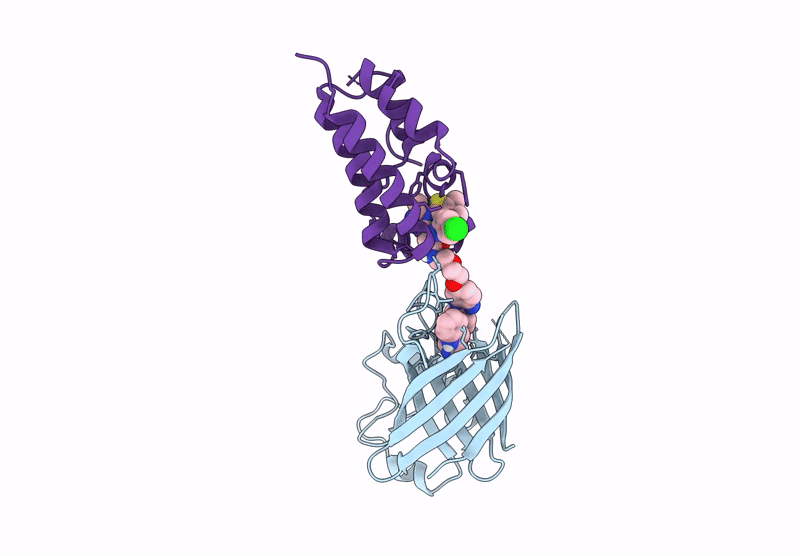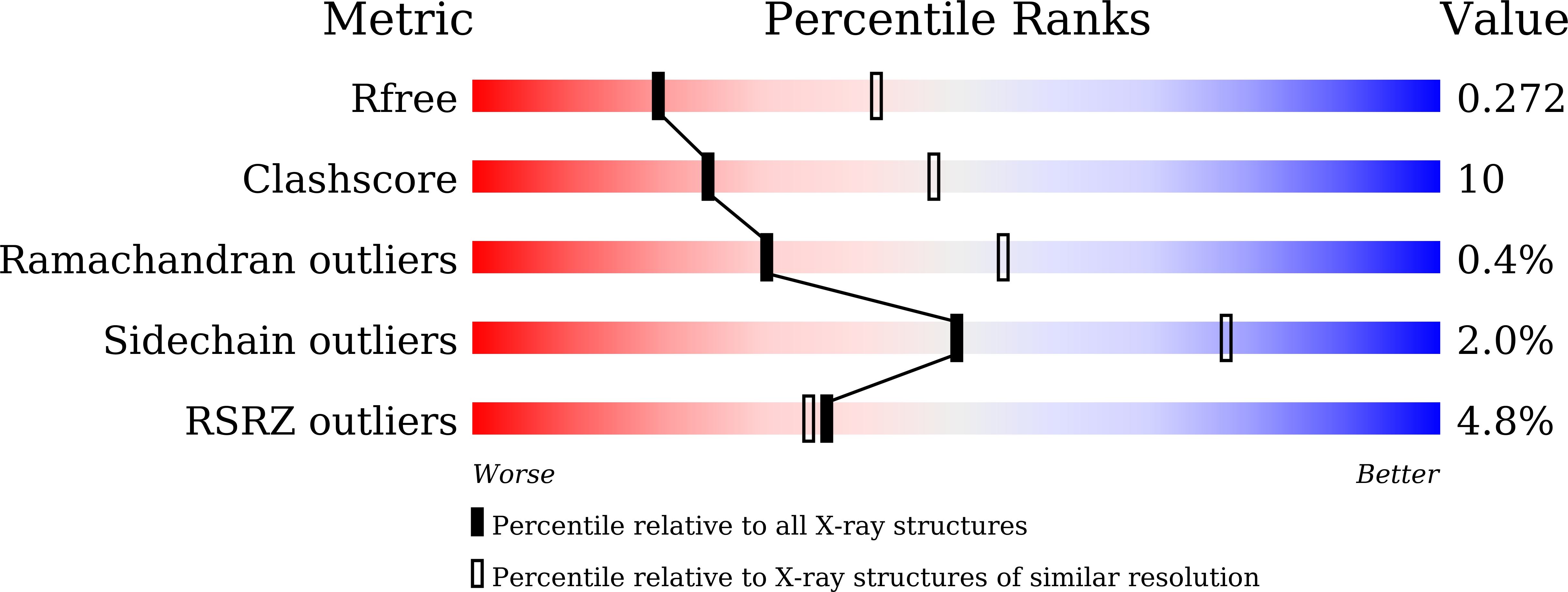
Deposition Date
2023-11-24
Release Date
2025-03-26
Last Version Date
2025-10-08
Entry Detail
PDB ID:
8X7G
Keywords:
Title:
Crystal structure of the ternary complex of GID4-PROTAC(NEP108)-BRD4(BD1).
Biological Source:
Source Organism:
Homo sapiens (Taxon ID: 9606)
Host Organism:
Method Details:
Experimental Method:
Resolution:
2.70 Å
R-Value Free:
0.26
R-Value Work:
0.22
R-Value Observed:
0.22
Space Group:
P 21 21 2


